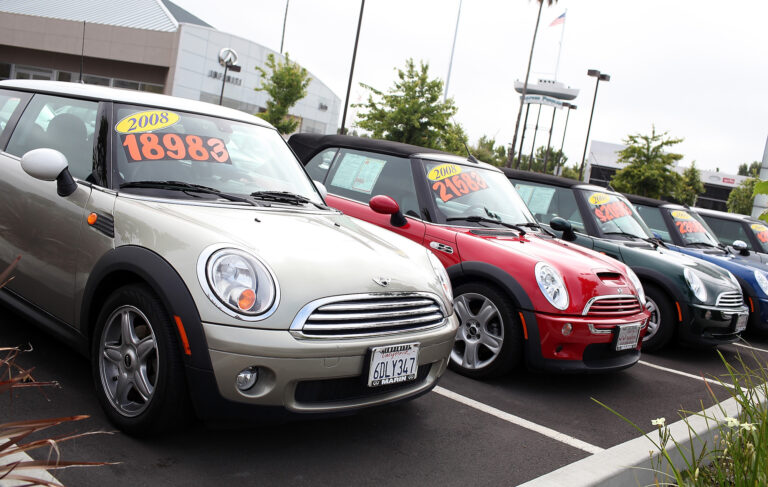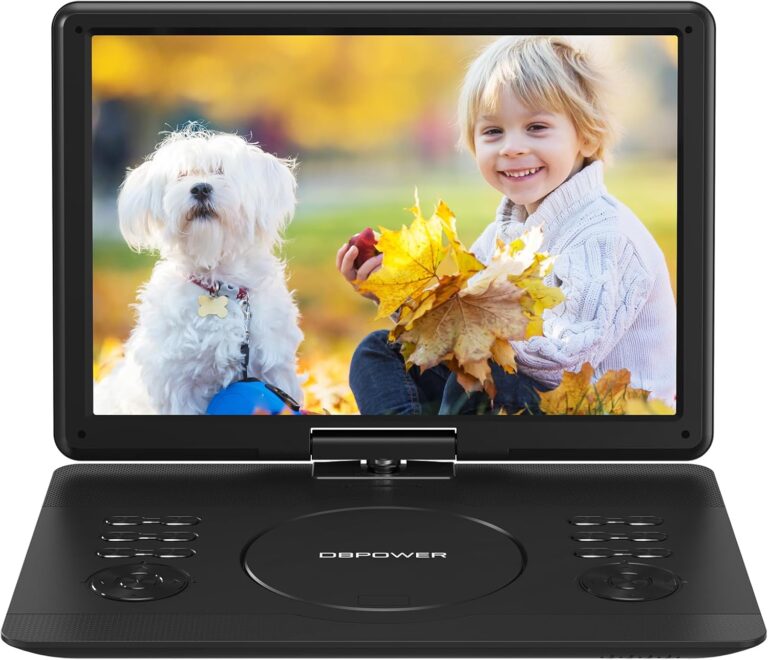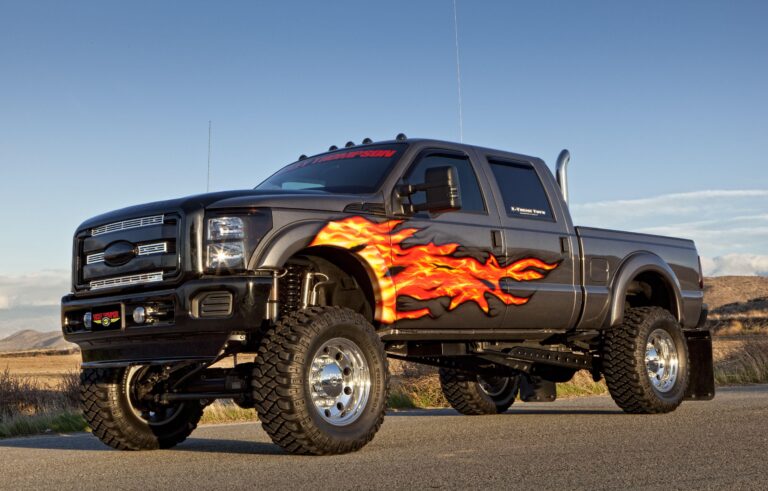90’s Model Ford Trucks For Sale: Your Ultimate Guide to Finding and Owning an American Icon
90’s Model Ford Trucks For Sale: Your Ultimate Guide to Finding and Owning an American Icon cars.truckstrend.com
Introduction: The Enduring Allure of the 90s Ford Truck
In an era of increasingly complex and electronically dependent vehicles, there’s a growing appreciation for the simpler, more robust machines of yesteryear. Among these, the 1990s model Ford trucks stand out as true American automotive icons. From the rugged F-Series workhorses to the nimble Ranger and the beloved Bronco, these vehicles represent a golden age of utility, durability, and classic design. They are not just mere modes of transport; they are symbols of reliability, a testament to American engineering, and for many, a nostalgic link to a bygone era.
90’s Model Ford Trucks For Sale: Your Ultimate Guide to Finding and Owning an American Icon
For sale across various platforms, these 90s Ford trucks offer a unique blend of affordability, strong aftermarket support, and a driving experience that connects you directly to the road. Whether you’re a seasoned enthusiast seeking a restoration project, a first-time truck buyer looking for a dependable workhorse, or simply someone yearning for the unmistakable character of a classic pickup, understanding the nuances of these vehicles is key. This comprehensive guide will navigate you through the world of 90s Ford trucks, offering insights into their enduring appeal, what to look for, and how to make an informed purchase.
The Enduring Appeal: Why 90s Fords Still Rule the Road
The continued demand for 90s Ford trucks isn’t just about nostalgia; it’s rooted in several tangible advantages that make them highly desirable even today:
- Robust Build Quality: Built before extensive cost-cutting measures took hold, these trucks were engineered for heavy-duty use and longevity. Their frames are solid, their body panels are thick, and their mechanical components are often over-engineered.
- Mechanical Simplicity: Compared to modern trucks, 90s Fords boast fewer complex electronics, making them easier and often cheaper to diagnose and repair. Many repairs can be done by a knowledgeable DIY enthusiast, saving on labor costs.
- Parts Availability: Thanks to their massive production numbers and shared platforms, both OEM (Original Equipment Manufacturer) and aftermarket parts for 90s Ford trucks are readily available. This includes everything from engine components to body panels and interior trim.
- Versatility: These trucks excel in various roles. They make excellent work trucks, capable daily drivers, formidable off-roaders, and even popular platforms for customization and show builds.
- Classic Styling: The squared-off, no-nonsense aesthetics of the F-Series (especially the 9th generation) and Bronco have aged gracefully, garnering a classic, timeless appeal that stands apart from today’s more aerodynamic designs.
- Affordability: While pristine examples can fetch a premium, many 90s Ford trucks are still highly affordable, offering incredible bang for your buck compared to newer vehicles.

Key Models to Look For: Icons of the Nineties
The 1990s saw several iterations of Ford’s popular truck and SUV lines. Knowing the key differences and characteristics of each will help you narrow down your search.
Ford F-Series (F-150, F-250, F-350)
The undisputed king of the 90s Ford lineup, the F-Series trucks underwent significant evolution during this decade.
- Ninth Generation (1992-1996 for F-150/250/350; 1997 for Heavy Duty F-250/350/F-Super Duty): This generation is arguably the most iconic of the 90s. It features a refreshed exterior with a more aerodynamic front end, but retains the classic, rugged body lines.
- Engines: A wide range of robust engines were offered:
- 4.9L (300 cu in) Inline-Six: Legendary for its bulletproof reliability, low-end torque, and surprising fuel efficiency for a full-size truck. A favorite for work and daily driving.
- 5.0L (302 cu in) V8: A versatile and common small-block V8, offering a good balance of power and economy.
- 5.8L (351 cu in) Windsor V8: A larger, more powerful V8, ideal for towing and heavier loads.
- 7.5L (460 cu in) V8: The gas-guzzling big block, primarily found in F-250/350 models, offering immense towing capacity.
- 7.3L IDI (Indirect Injection) Diesel (until mid-1994): A durable, if somewhat underpowered, naturally aspirated diesel.
- 7.3L Power Stroke Diesel (mid-1994 to 1997): The highly sought-after turbocharged direct injection diesel. Known for its incredible torque, reliability, and longevity, especially popular in F-250 and F-350 models.
- Transmissions: Manual (Mazda M5OD, ZF5) and automatic (E4OD, C6) options were available. The E4OD automatic can be prone to issues if not maintained but is a robust unit when properly cared for.
- Trims: XL (basic work truck), XLT (popular mid-range), Lariat (more luxurious), Eddie Bauer (top-tier with unique styling).
- Engines: A wide range of robust engines were offered:
- Tenth Generation (1997-1999 F-150/250 Light Duty): Ford introduced a radical redesign for the F-150 and lighter-duty F-250 in 1997, moving to a more rounded, aerodynamic body style and the new Triton V8 engines. While still popular, they represent a significant departure from the classic 9th-gen look. Note that the heavy-duty F-250/350/F-Super Duty models retained the 9th-gen body style until 1999, specifically to continue offering the 7.3L Power Stroke diesel.
Ford Ranger
Ford’s compact pickup truck offered a smaller, more maneuverable, and often more fuel-efficient alternative to the F-Series.
- Third Generation (1993-1997): This generation received a significant facelift in 1993, aligning its styling more with the larger F-Series.
- Engines:
- 2.3L I4: A durable and economical four-cylinder.
- 3.0L V6 (Vulcan): A reliable but somewhat underpowered V6.
- 4.0L V6 (Cologne): The most powerful option, offering respectable performance for a compact truck.
- Engines:
- Transmissions: Manual and automatic options available.
- Appeal: Ideal for city driving, light hauling, and those who don’t need a full-size truck. Also popular for off-road modifications.
Ford Bronco
The full-size SUV based on the F-Series platform, known for its removable fiberglass top (though less easily removable on 90s models than earlier generations).
- Fifth Generation (1992-1996): Shares many components with the 9th-gen F-150.
- Engines: Primarily the 5.0L V8 and 5.8L V8, with the 4.9L I6 also available early on.
- Appeal: A highly sought-after classic SUV, especially with the resurgence of the Bronco nameplate. Excellent for off-roading and family adventures.
What to Look For When Buying: A Pre-Purchase Inspection Guide
Finding the right 90s Ford truck for sale requires a thorough inspection. Don’t let enthusiasm blind you to potential issues.
- Rust, Rust, Rust: This is often the biggest killer of older trucks.
- Frame: Inspect the entire frame for rot, especially near suspension mounts, body mounts, and crossmembers.
- Body Panels: Common rust spots include wheel arches, rocker panels, cab corners, bed supports, tailgate, and the bottoms of doors. Check under the bed liner if present.
- Floorboards: Look for holes or soft spots inside the cab.
- Engine Condition:
- Leaks: Look for oil, coolant, or transmission fluid leaks.
- Noises: Listen for knocking, ticking, or grinding sounds.
- Smoke: Blue smoke (oil burning), white smoke (coolant), or black smoke (rich fuel mixture or diesel issues).
- Fluid Levels and Condition: Check oil (color, consistency), coolant (color, presence of oil), transmission fluid (color, smell).
- Diesel Specifics (7.3L Power Stroke): Listen for injector knock, check for oil leaks from the HPOP (High-Pressure Oil Pump), and ensure the glow plug system is working.
- Transmission:
- Shifting: Test all gears, including reverse, both hot and cold. Shifts should be smooth, not harsh or delayed.
- Fluid: Check fluid level and color (should be reddish, not dark brown or black, and shouldn’t smell burnt).
- 4×4 System: If applicable, engage 4-High and 4-Low. Listen for grinding, and ensure the front axle engages.
- Suspension and Steering:
- Shocks/Springs: Look for leaks on shocks, sagging suspension.
- Bushings: Check for cracked or worn bushings on control arms, leaf springs.
- Steering: Check for excessive play in the steering wheel. Listen for groaning from the power steering pump.
- Brakes:
- Pedal Feel: Should be firm, not spongy.
- Performance: Test stopping power. Listen for grinding or squealing.
- Lines: Inspect brake lines for rust or leaks.
- Electrical System:
- Test all lights (headlights, tail lights, turn signals, brake lights), power windows, door locks, radio, and gauges. Ensure the A/C blows cold.
- Interior:
- Check for excessive wear on seats, dashboard cracks, headliner sag, and working gauges.
- Documentation:
- Verify the VIN on the title matches the vehicle. Ask for maintenance records. A clean title is crucial.
Common Issues & Solutions
Even well-maintained 90s Fords can have common quirks:
- Rust: Prevention is key (rustproofing). For existing rust, repair options range from patching to panel replacement, depending on severity.
- E4OD Transmission: Known for issues if not properly maintained. Regular fluid/filter changes are critical. Rebuilds with upgraded components are common solutions.
- 7.3L Power Stroke Diesel: While robust, common issues include Camshaft Position Sensor (CPS) failures, Under Valve Cover Harness (UVCH) issues, and Glow Plug Relay (GPR) failures. All are relatively inexpensive fixes.
- Aging Rubber Components: Hoses, belts, weather stripping, and suspension bushings will eventually dry rot and crack. Budget for their replacement.
- Fuel System: Older fuel pumps, lines, and sending units can fail.
- Dashboard Cracks: Common on many 90s vehicles due to sun exposure. Dash covers are a popular solution.
Where to Find Your Dream 90s Ford
- Online Marketplaces: Facebook Marketplace, Craigslist, and eBay Motors are excellent starting points. Use specific search terms like "Ford F150 1996," "7.3 Power Stroke," or "Ford Bronco 1995."
- Specialized Forums & Groups: Online communities dedicated to 9th-gen F-Series, OBS (Old Body Style) Fords, Rangers, or Broncos often have classified sections where enthusiasts sell their well-cared-for trucks.
- Classic Car Dealerships & Auctions: These venues often have higher-quality, more thoroughly vetted vehicles, but typically at a premium price.
- Local Classifieds & Word-of-Mouth: Don’t underestimate the power of local listings or simply letting friends and family know you’re looking.
Owning a 90s Ford: Maintenance & Enjoyment
Owning a 90s Ford truck is a rewarding experience, but it does come with responsibilities:
- Regular Maintenance: Adhere to a strict maintenance schedule for oil changes, fluid checks, filter replacements, and lubrication.
- Parts Availability: You’ll be surprised how easy it is to find parts. Auto parts stores stock common wear items, and online retailers specialize in older Ford truck parts. Junkyards are also a treasure trove.
- DIY Friendly: The mechanical simplicity makes these trucks an excellent learning platform for aspiring mechanics. Invest in a good service manual.
- Community Support: A vast and passionate community of 90s Ford truck owners exists, offering a wealth of knowledge, troubleshooting tips, and camaraderie.
- Customization Potential: These trucks are a blank canvas for modifications, from lift kits and off-road tires to engine upgrades and interior refreshes.
Price Guide: 90s Model Ford Trucks (Estimated)
Please note: Prices are highly variable based on condition, mileage, engine, trim level, 2WD/4WD, region, and market demand. These are rough estimates for typical private party sales. Pristine, low-mileage, or fully restored examples can command significantly higher prices.
| Model | Year Range | Condition: Fair (Needs Work) | Condition: Good (Driver Quality) | Condition: Excellent/Restored |
|---|---|---|---|---|
| Ford F-150 | 1992-1996 | $2,000 – $5,000 | $5,000 – $10,000 | $10,000 – $25,000+ |
| Ford F-250/F-350 | 1992-1997 | $3,000 – $7,000 | $7,000 – $15,000 | $15,000 – $35,000+ |
| Ford F-250/F-350 (7.3L Power Stroke) | 1994.5-1997 | $5,000 – $10,000 | $10,000 – $20,000 | $20,000 – $45,000+ |
| Ford Ranger | 1993-1997 | $1,500 – $4,000 | $4,000 – $8,000 | $8,000 – $18,000+ |
| Ford Bronco | 1992-1996 | $4,000 – $10,000 | $10,000 – $25,000 | $25,000 – $60,000+ |
Frequently Asked Questions (FAQ)
Q: Are 90s Ford trucks reliable?
A: Generally, yes. With proper maintenance, these trucks are known for their durability and longevity. Their mechanical simplicity often means fewer complex electronic issues compared to newer vehicles.
Q: What’s the best engine for a 90s F-Series?
A: This depends on your needs. For pure reliability and low-end torque, the 4.9L (300 I6) is legendary. For a balance of power and efficiency, the 5.0L or 5.8L V8s are good. For heavy towing and long-term durability, the 7.3L Power Stroke diesel is highly sought after, though it commands a premium.
Q: Are parts hard to find for these trucks?
A: No, parts availability is excellent. Ford produced millions of these trucks, ensuring a robust supply of both OEM and aftermarket parts. Online retailers, local auto parts stores, and junkyards are all good sources.
Q: Can I use a 90s Ford truck as a daily driver?
A: Absolutely! Many people still do. However, be prepared for lower fuel economy compared to modern vehicles, and ensure the truck is in good mechanical condition with all safety features (brakes, lights, tires) functioning correctly.
Q: What kind of fuel economy can I expect?
A: Fuel economy varies widely by engine, transmission, and driving style. Expect single-digit to low-teens MPG for V8 F-Series trucks (8-14 MPG), slightly better for the 4.9L I6 (10-16 MPG). Rangers will be better (15-22 MPG). The 7.3L Power Stroke might get 14-18 MPG.
Q: Should I buy a 4×4 or 2WD?
A: If you live in an area with snow, frequently go off-road, or plan on towing in challenging conditions, a 4×4 is advisable. If you primarily drive on paved roads and don’t need the extra capability, a 2WD model is typically cheaper to buy, lighter, and slightly more fuel-efficient, with fewer components to maintain.
Conclusion
The market for 90s model Ford trucks for sale is vibrant and diverse, offering opportunities for every type of buyer. These trucks represent a compelling blend of classic American styling, proven durability, and mechanical straightforwardness. While they require careful inspection and ongoing maintenance, the rewards of ownership – from their rugged capability to their undeniable character – far outweigh the challenges. As these vehicles continue to transition from used workhorses to cherished classics, now is an excellent time to find your ideal 90s Ford truck. With the right research and a thorough pre-purchase inspection, you can drive away in an automotive legend that promises years of reliable service and endless enjoyment.





